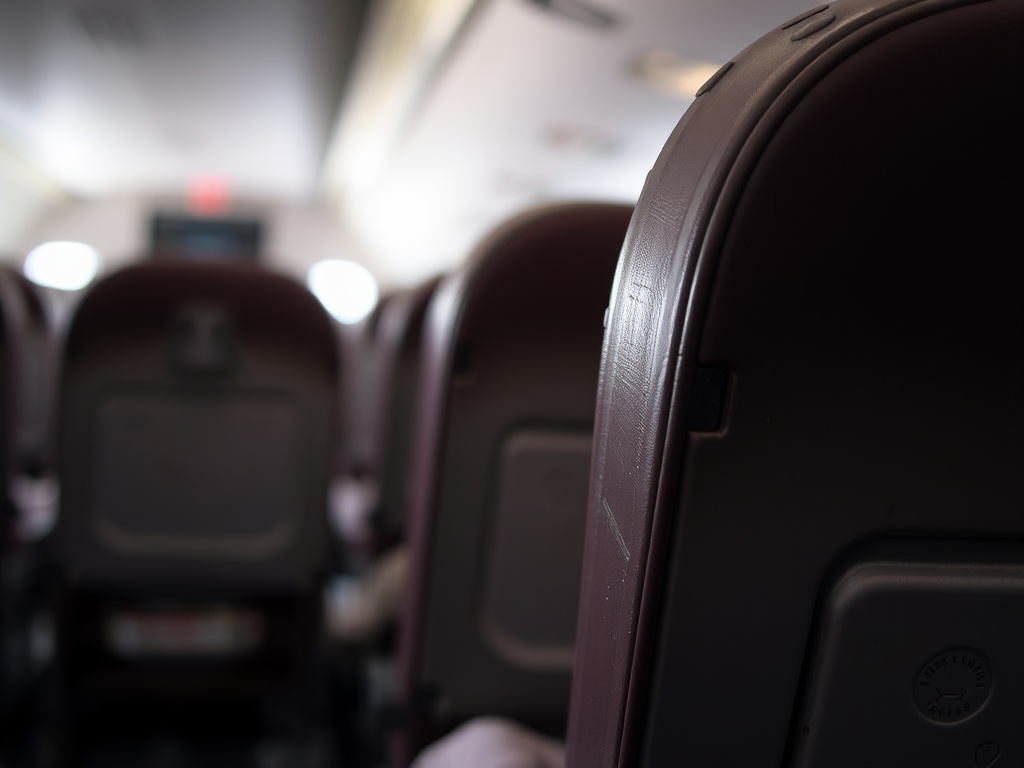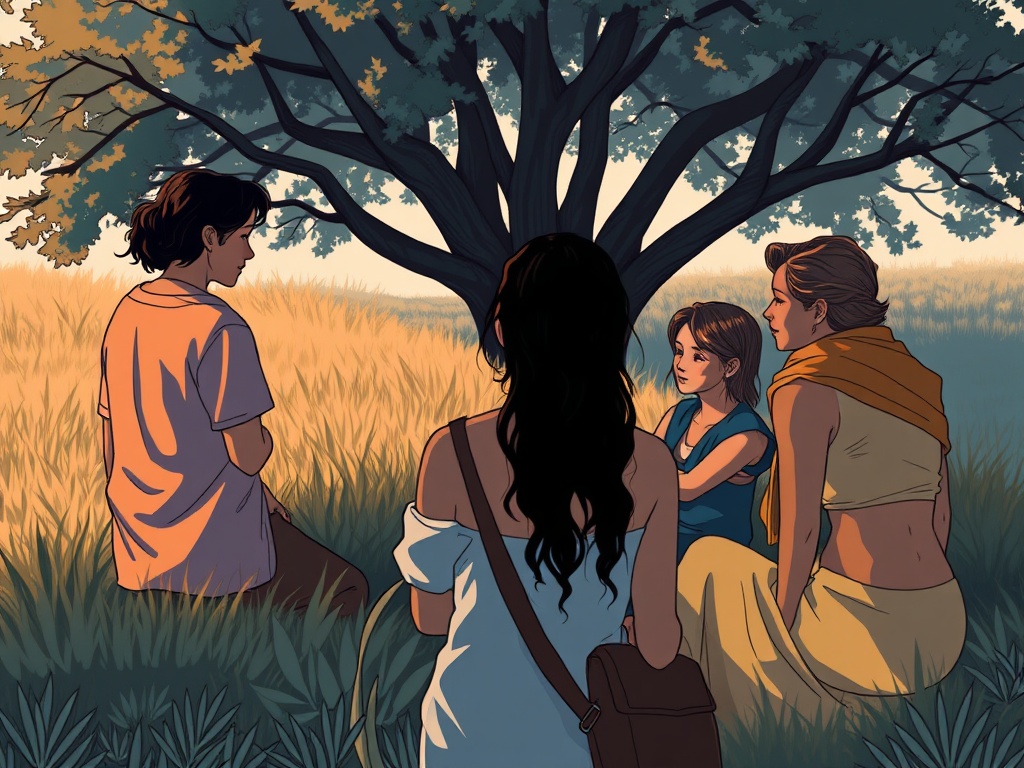A Survivor’s Story: Reflections on a Fateful Flight

In 1989, United Airlines Flight 232, en route from Denver to Chicago, was tragically forced to crash-land after experiencing a catastrophic tail engine failure, resulting in the loss of 112 lives. Among the 184 survivors was Jerry Schemmel, who now shares his journey of overcoming PTSD, grappling with survivor’s guilt, and finding a renewed perspective on life. At the time of the incident, Schemmel was the deputy commissioner for a minor basketball league, working closely with his friend and boss, Jay Ramsdale.
We weren’t initially scheduled to be on that flight. Jay and I were travelling together for a work-related trip, and our original flight was canceled, leaving us scrambling for alternatives. Finally, we managed to board a plane at 12:45 PM, five hours later than planned. Little did we know, this would be the flight that met with disaster in Sioux Gateway Airport, Iowa.
Prior to the crash, I had no apprehensions about flying. My first flight occurred when I was 18, and by the time of the crash at age 29, I had developed a fondness for aviation. To me, flying was an exciting adventure, a means of transportation I eagerly anticipated.
On that fateful day, we were heading to Chicago to connect to Columbus, Ohio, for the Continental Basketball Association’s college draft the following day. Jay held the position of commissioner, while I served as his deputy. Our plans took a tragic turn when, just 59 minutes into the flight, an explosion shattered the calm, leading me to believe that a bomb had detonated on board—thoughts reminiscent of the Pan Am 103 bombing that had occurred months earlier.
The plane, seat 23E where I was seated in the middle section, began to drop alarmingly. Jay was seated seven rows behind me; communication between us was impossible amidst the chaos. The cabin erupted into screams. We had just finished lunch, and the flight attendants were still in the aisles, collecting trays and food, which added to the confusion as items flew to the floor.
In the moments following the explosion, I observed the flight crew’s demeanor closely, searching for reassurance. Remarkably, they remained composed, guiding us through the unfolding crisis. After a few minutes of panic, the plane stabilized, and we resumed a semblance of normal flight, which offered some relief. Yet, the atmosphere was still laden with tension, punctuated by the cries of families aboard.
As more time passed—45 minutes in total until our crash landing—the captain, Captain Haynes, addressed us over the PA system. He candidly informed us of our perilous situation, advising against any illusions of a safe landing. His words were a chilling confirmation of our fears, but I appreciated his honesty. He encouraged us to brace for what lay ahead.
In those final minutes, I resigned myself to the possibility of death. Thoughts of survival felt distant, and I found myself praying—not for my own safety, but for my wife, hoping she would find comfort should the worst happen. I reminded myself that if I survived, my focus should be on helping others remain calm.
When the plane finally hit the ground, it was an overwhelming shock. The impact felt like we had dropped from the sky. Chaos erupted; bodies were thrown, some still strapped into their seats, while others were ejected during the crash. Smoke, fire, and debris filled the cabin as we skidded approximately 1,500 feet before flipping and cartwheeling another 4,000 feet upside down and backwards across the runway.
I was fortunate. Despite the tumult, I remained relatively unharmed, thanks to my brace position and the integrity of my seatbelt. As I came to a stop, I was disoriented and alone amidst the wreckage, realizing the grim reality of the situation. I unbuckled my seatbelt and dropped to the ceiling, which was now the floor, and saw that my seat was the only one still attached. The extent of the casualties around me was sobering.
As smoke billowed from the front, I encountered a few others who were also able to move. Together, we worked to assist as many people as possible away from the smoke and towards the light outside. We had landed in a cornfield, and amidst the chaos, I heard a baby’s cry from the wreckage. Instinct took over, and I rushed back inside, locating the infant who had been separated from her family. I took her far from the danger and handed her to a waiting woman, then returned to help others in need.
It wasn’t until later that night I saw the baby’s father on television, and it hit me hard. I had completely forgotten about her in the chaos, but seeing her safe reminded me of the fragility of life. Throughout the ordeal, my thoughts consistently returned to my friend Jay. I searched for him among the survivors and in hospitals, only to learn the next day that he had not made it. The weight of guilt lingered heavily, knowing he had chosen to fly with me instead of taking an earlier, safer flight.
The following day, United Airlines arranged for my return to Denver. I have no recollection of that flight; I was utterly exhausted, and sleep was a welcome escape from the reality of what had occurred. The year after the crash was a blur of PTSD that I had never heard of at the time. Though I functioned normally, I often felt dazed, haunted by nightmares and flashbacks to that day. The loss of a young boy who sat in front of me was particularly difficult to reconcile. I struggled to understand why he had perished while I had survived.
I sought counseling but found it insufficient. I longed for peace, constantly questioning why this tragedy had happened and why I was spared when so many others were not. One day, I finally accepted that I would never have the answers I sought. This realization brought me some measure of peace.
About a year after the crash, I found faith in Christianity, which transformed my perspective. It alleviated much of my anxiety and provided a sense of calm I had longed for. Despite my divorce a few years later, my commitment to sharing my experience with my children remained steadfast. I encouraged open conversations about the crash, ensuring they understood the events without stigma.
I wrote a book titled Chosen to Live, a therapeutic endeavor that allowed me to confront my past. Though reliving those memories was emotionally taxing, it provided clarity and healing. Over the years, I have maintained connections with fellow survivors, participating in gatherings to support one another. Some of these relationships have blossomed into enduring friendships, a testament to the bonds forged through shared trauma.
My outlook on life has drastically shifted. I recognize the extraordinary gift of survival, especially in light of the many who were not as fortunate. It has become my mission to truly live, rather than merely exist. I pursued my dreams as a broadcaster, achieving my goals in both the NBA and Major League Baseball. I am grateful for my career, my two children, and my three grandchildren.
Additionally, I discovered a passion for cycling after the crash, which has been a source of healing. I eventually participated in long-distance events, culminating in my victory in the grueling 3,000-mile Race Across America in 2015—a feat described as the toughest bicycle race worldwide.
As time passes, sharing my story has become more manageable. While I will never forget the harrowing experience, the memories serve as a reminder of my resilience and the lucky chance I had to continue living. Each plane crash that makes news reminds me of my own experience and the gratitude I hold for every day I’ve been given.




